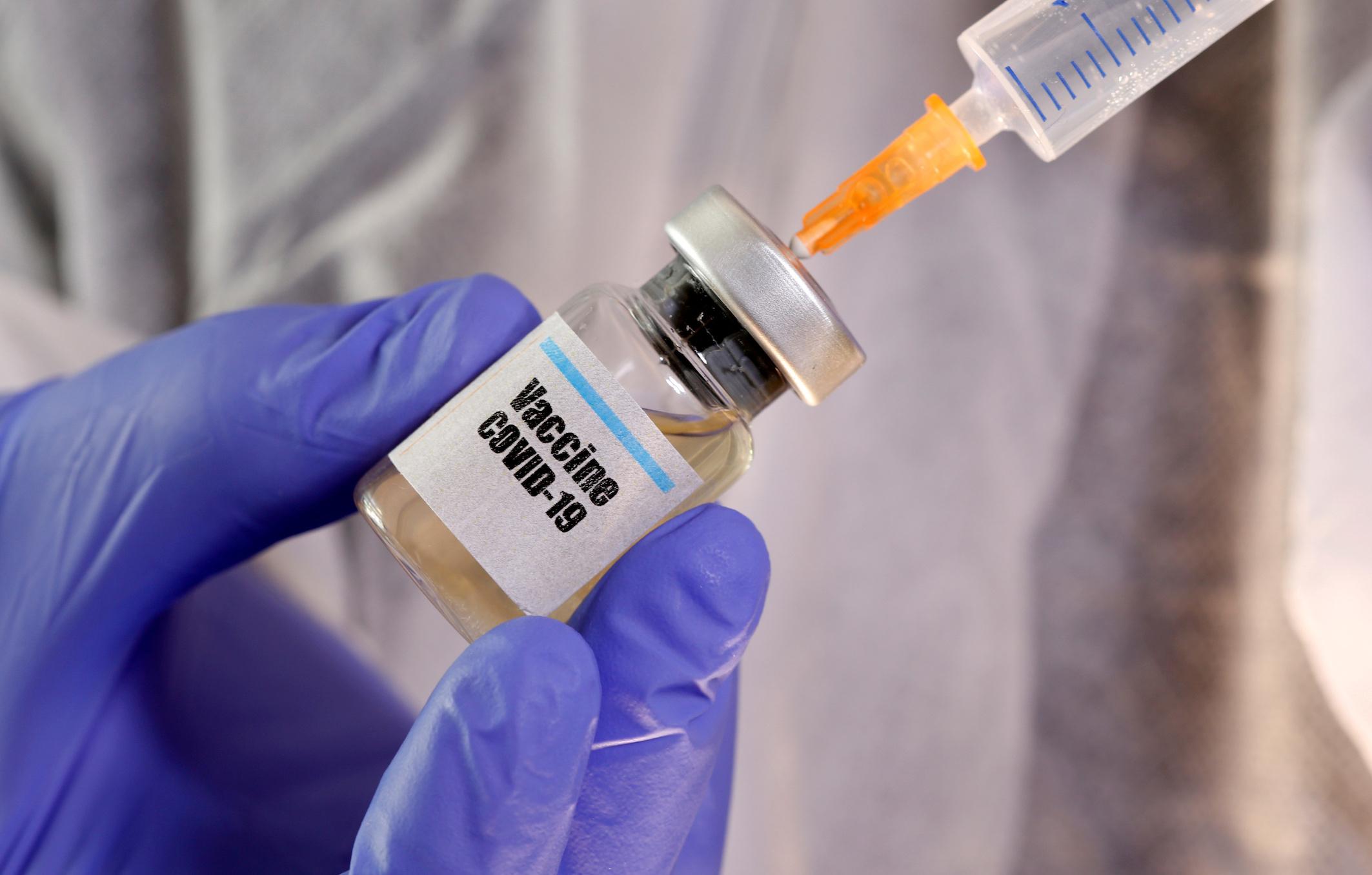Philippine economy to recover faster in 2021 if COVID-19 vaccine is available —World Bank

The Philippine economy will recover faster than projections in 2021 if vaccines against COVID-19 will be available, the World Bank said Tuesday.
In its latest Philippine Economic Update, the Washington-based multilateral lender said the economy will likely experience a deeper contraction of 8.1% this year due to “multiple shocks” such as the COVID-19 health crisis, economic activities across the country frozen by quarantine measures, devastating typhoons in November, and the global recession.
But the Philippine economy is expected to rebound gradually by 5.9% and 6.0% in 2021 and 2022, “driven by the return to more robust economic activities assuming the infection curve flattens domestically.”
World Bank senior economist Rong Qian, however, said the gross domestic product (GDP) projections next year did not factor in the timeline of the availability of vaccines.
“There is a lot of uncertainty on the timing, effectiveness, implementation, so we didn’t factor in when the vaccine will be rolled out in the Philippines,” Qian said.
“If it’s rolled out next year it will constitute an upside risk to the baseline projection, which means that the recovery will be faster than our projections,” she noted.
The World Bank’s projections this year and next year are in line with the economic managers’ revised macroeconomic assumptions of 8.5% to 9.5% contraction this year.
The economic team also expects that Philippine GDP will bounce back to 5% to 7.5% in 2021 and 8% to 10% in 2022.
Socioeconomic Planning Acting Secretary Karl Chua further explained that the assumption for 2021 took into consideration that community quarantine will still be present and a vaccine will be widely available towards the end of next year.
The Philippines has been under lockdown for nearly nine months, after the first restrictions were implemented in March to curb the spread of COVID-19. A general community quarantine (GCQ) has remained in place in Metro Manila and other key areas, and just this week was extended to last until the end of the year.
Qian said that, though the availability of vaccines is not factored in its 2021 growth outlook, the projection is hinged on the assumption that the “management of pandemic has improved.”
“The steady decline in daily cases despite the gradual reopening of industries, the risk of reverting to stricter quarantine restriction is likely reduced,” she said.
“Domestic demand is expected to recover as consumer and business confidence returns are supported by moderate pickup in public infrastructure spending,” she added, noting the infrastructure plan for next year as part of the 2021 budget will help create jobs in the construction sector.
The World Bank economist also noted that authorities are likely to continue to support growth with an accommodative monetary policy and the implementation of infrastructure projects.
“These projections hinge on China’s early recovery, among the Philippines’ main export destinations, alongside the expected rebound in the global economy in 2021,” Qian said.
With further relaxation of community quarantines, more industries and services will be allowed to operate, creating jobs and income, supporting private consumption growth.
Also, pre-election activities in the run-up to the national elections in 2022 will give an additional boost to demand as early as in the second half of 2021 according to the World Bank report.
Base effects will also come into play and contribute to growth in 2021 considering the deep contraction in 2020, the lender said. --KBK, GMA News




